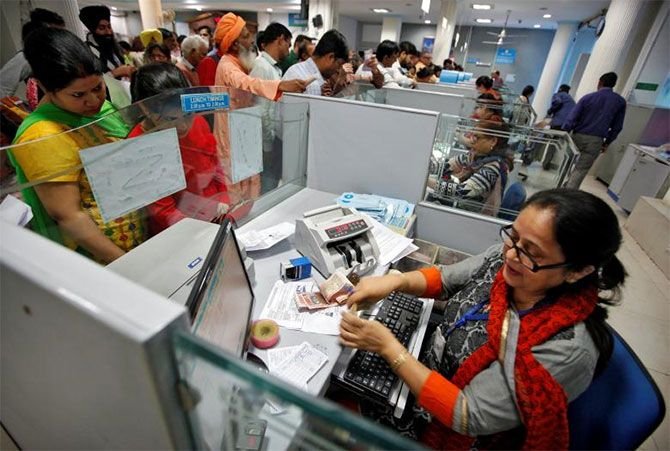Bhubaneswar: Economic empowerment is the key to the attainment of equal status for women in society. The government has taken major steps in this direction to make financial access for women easier and to make them confident and empowered. Many women today hold bank accounts through the mudra Yojana and get the financial benefits straight into their Jan Dhan accounts. Women who run small businesses such as fruit stalls, food stalls, petty farmers etc can access the loan amounts provided by various government schemes to renovate their businesses post the pandemic situation.
This financial help has been provided to individuals other than the SHG groups. Since the 1980s SHGs have been the sole way to boost financial empowerment for women at the grassroots. A large number of women depend on self-help groups for financial support. Still, after so long post-independence, the women in our country were a dearth of bank accounts which indicates how large the women population were economically dependent on their male counterparts.
After the government had brought the facilities of public sector banks (PSBs), the major inclusion of women in the financial market happened through the implications of a few of the most comprehensive programmes by the government. One of them is Jan Dhan Yojana which has given a wide scope for individual women to have an access to financial services and a formal banking system. Currently, this is considered the need of the hour to include women who are half the country’s population to be included in every transactional process for a better tomorrow and most importantly for alleviating poverty. As per records, 56% of women hold bank accounts under this scheme, which is 23 crore women in number.
Similar to the Jan Dhan Yojana, as the women get access to the formal banking system with a zero balance bank accounts provision, many other government programmes were initiated to empower women financially by providing them credits and various other financial assistance. The statistics that are extremely encouraging are women position themselves at 81% in Stand-Up India, 71% in Mudra loans, and 37% in Pradhan Mantri Jeevan Jyoti Bima Yojana. Other than that under the Pradhan Mantri Svanidhi Scheme, 33 lakh loans have been provided to the street vendors out of which 41% are women street vendors beneficiaries. As per the PMAY Gramin homes, 68% of homes are owned by women. Jan Dhan Yojana and Mudra loans have started giving more focus to the SHGs by providing financial credits to the women in a sustainable manner.
The PSBs are in preposition to make the unbanked and unprivileged section of society avail more equitable economic opportunities. The number of women depositors in PSBs in rural setups has been increasing steadily which can encourage the private banks to initiate such cavities so that both women, as well as the economy of the country, can be benefitted from this. The women beneficiaries attaining one target of the main and amazing another bigger credit helps to boost the recovery of the national economy post-pandemic tumult. Women are becoming the bridge between the economic reform after the strongest economic jolt the nation has suffered being the savers and the borrowers are the same time.
-OdishaAge




















